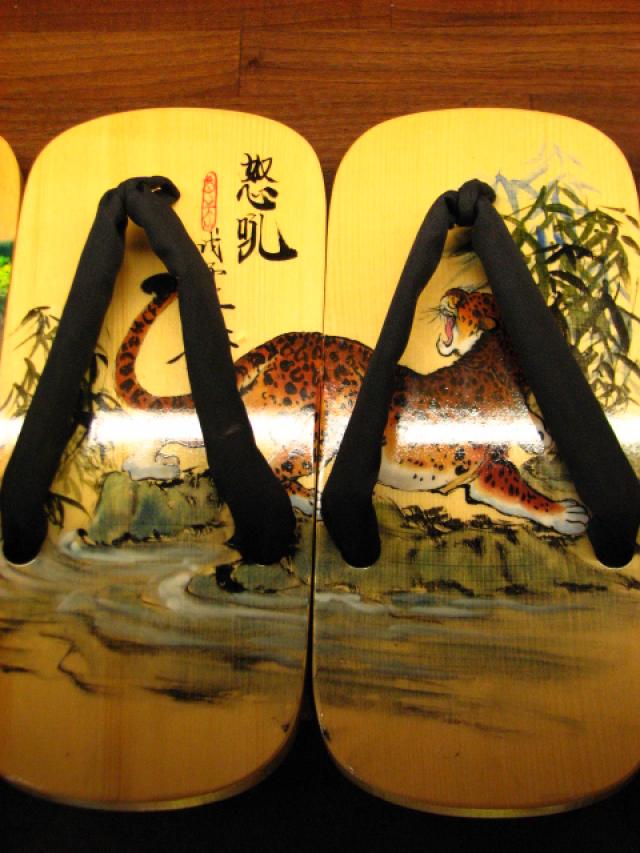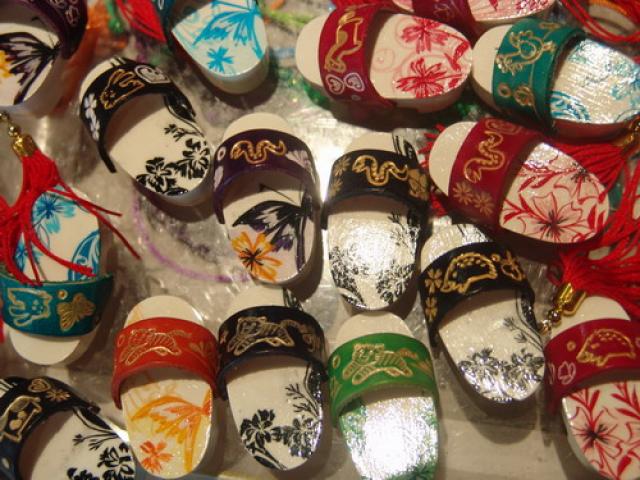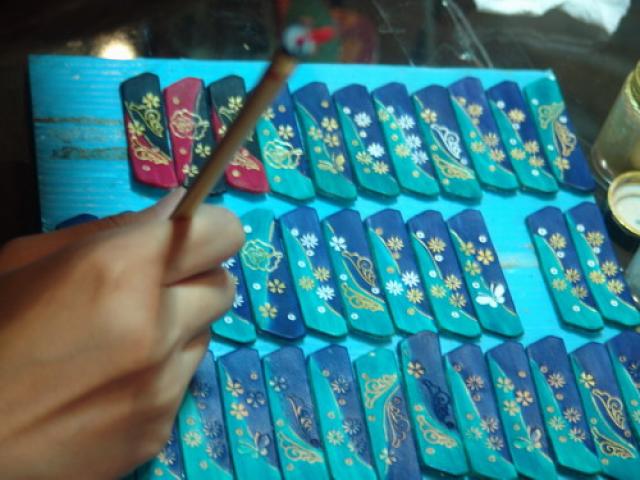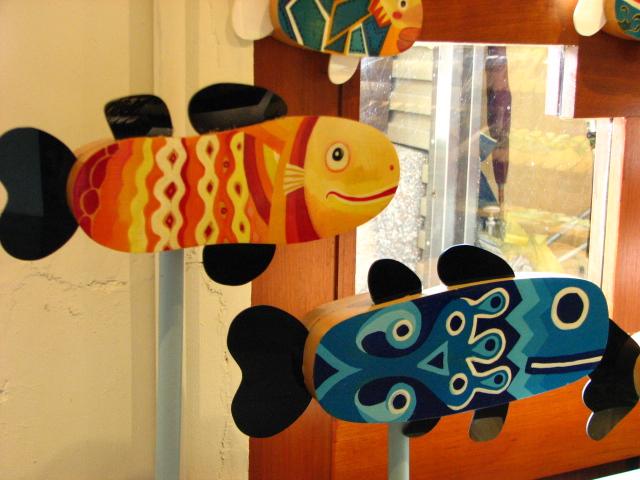Did You Know That ...?
- A pair of Taiwan-made clogs differs in style and aesthetics from its Dutch counterpart. Traditional European wooden shoes were essentially hollowed-out footwear that protected the whole feet, whereas the Japanese-inspired clogs of Taiwan resemble elevated flip-flops, although some say that the Chinese first introduced the flip-flop style to Japan during the height of the powerful Tang Dynasty.
- The footsteps of traditional wooden clogs have lit the way for a new era of prosperity for the Baimi Community. Located in the southeast of Yilan County, Baimi was a forgotten town that disappeared off the maps when the local clog-making industry lost its economic viability. However, the almost-forgotten wooden footwear has returned and now forms the cultural backbone of this quaint town, inspiring the community-restructuring miracle that is embodied by the Baimi Clogs Museum.
- Local communities with culture-centric economies such as Baimi have been restructured based on their own cultural characteristics and environmental strengths and have now become successful new tourist attractions.
Read more about the Baimi Clogs Museum here or scroll down for pictures.

Baimi Community was once a prosperous settlement that was known as the clog-manufacturing capital of Taiwan. At the height of its production, Baimi had more than 200 families partaking in the clog-making business. Inevitably, wooden shoes were supplanted by cheaper, plastic versions, and the clog industry collapsed.

In 1993, local residents were chagrined by the government’s proposal of building a thermal power plant in Baimi. The fear of further pollution to their hometown reunited the Baimi Community and triggered the hope for change.

To return Baimi Community to its roots, residents joined forces and established a community development association that was partially subsidized by the government and funds from existing factories, and chose to adopt the humble clogs as the new cultural image of Baimi.

To bring back the clog-making culture and reclaim the title of Taiwan’s clog capital, the community decided to transform an abandoned dormitory from the Japanese colonial period into a local cultural museum.

From zodiac prints and cuddly pandas to sophisticated Chinese ink wash paintings, everything one can imagine has been reproduced on a pair of Baimi clogs. More impressive though, is the warmth and enthusiasm with which local residents greet visitors to their revitalized community.